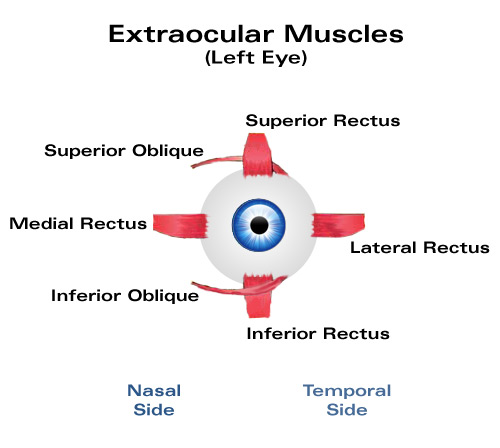Week 2
After a talk with DJ, we decided to be more specific with what commands we would want to implement into our program. We were inspired by pre-existing keyboard shortcuts used for windows. Examples of these commands can be seen here: http://windows.microsoft.com/en-us/windows7/keyboard-shortcuts . We decided to include shortcuts for functions such as:
- “Open/Close programs, including Internet Explorer, Microsoft word, Windows media player, iTunes, and will include an option to add other desired programs
- “Save Document”
- “Undo” or “Redo”
- “Zoom in/out”
- “Stop voice commands”
- “Search for file"
These
functions and commands will allow users to gain much of the functionality of the keyboard
for shortcuts and improve the interface and ease of use. We plan to implement this by having
responses to prompts be stored, then compared to the different
voice commands given by the user, and then the command that is recognized by
the speech recognition program will be activated through a section of
code that can interact with the operating system. In light of these changes and modifications to the project direction, the group reworked the topic proposal to fit these changes.
We also did some research regarding eye and jaw muscles to figure out what happens during the movement of those muscles. The information we gathered would let us deduce where the best placement for the electrodes would be. There are 6 extraocular muscles that turn the eye about its vertical, horizontal, and antero-posterior axes. There are also cardinal positions (positions of gaze) which allow comparisons of horizontal, vertical, and diagonal movement. The muscle of one eye is "yoked" with a muscle of the other eye when put in these positions. So, we will place the electrodes on top, bottom, and side of the eye to detect these muscle movements.

Figure 1: Extraocular Muscles
For the jaw, the masseter muscle closes the jaw. It is located on the sides of the jaw. Electrodes will be placed here to detect the clenching of the left/right jaw. The anterior belly of the digastric muscle opens the jaw. It's located on the chin. We will place an electrode here to detect when the jaw opens, activating the voice recording.
For the jaw, the masseter muscle closes the jaw. It is located on the sides of the jaw. Electrodes will be placed here to detect the clenching of the left/right jaw. The anterior belly of the digastric muscle opens the jaw. It's located on the chin. We will place an electrode here to detect when the jaw opens, activating the voice recording.

Figure 2: Jaw Muscles (Masseter and Digastric Anterior Belly)
We also started ordering and gathering parts for the device. There is a list of those parts outlined in the project proposal page
References:
[1] N.p. (n.d.). Keyboard shortcuts. (N/A) [Online]. Available: http://windows.microsoft.com/en-us/windows7/keyboard-shortcuts
[2]N.p. (n.d.). Muscles that move the lower mandible (the jaw). (N/A) [Online]. Available:
http://linguistics.berkeley.edu/~kjohnson/ling110/Lecture_Slides/6_MotorControl/face_tongue_muscles.pdf
[3] N.p. (n.d.). Science of massage. (N/A) [Online]. Available: http://www.scienceofmassage.com/dnn/som/journal/1007/tmj-f7.jpg
[4] T.M. Montgomery. (n.d.). The Extraocular Muscles. (N/A) [Online]. Available: http://www.tedmontgomery.com/the_eye/eom.html
References:
[1] N.p. (n.d.). Keyboard shortcuts. (N/A) [Online]. Available: http://windows.microsoft.com/en-us/windows7/keyboard-shortcuts
[2]N.p. (n.d.). Muscles that move the lower mandible (the jaw). (N/A) [Online]. Available:
http://linguistics.berkeley.edu/~kjohnson/ling110/Lecture_Slides/6_MotorControl/face_tongue_muscles.pdf
[3] N.p. (n.d.). Science of massage. (N/A) [Online]. Available: http://www.scienceofmassage.com/dnn/som/journal/1007/tmj-f7.jpg
[4] T.M. Montgomery. (n.d.). The Extraocular Muscles. (N/A) [Online]. Available: http://www.tedmontgomery.com/the_eye/eom.html
No comments:
Post a Comment